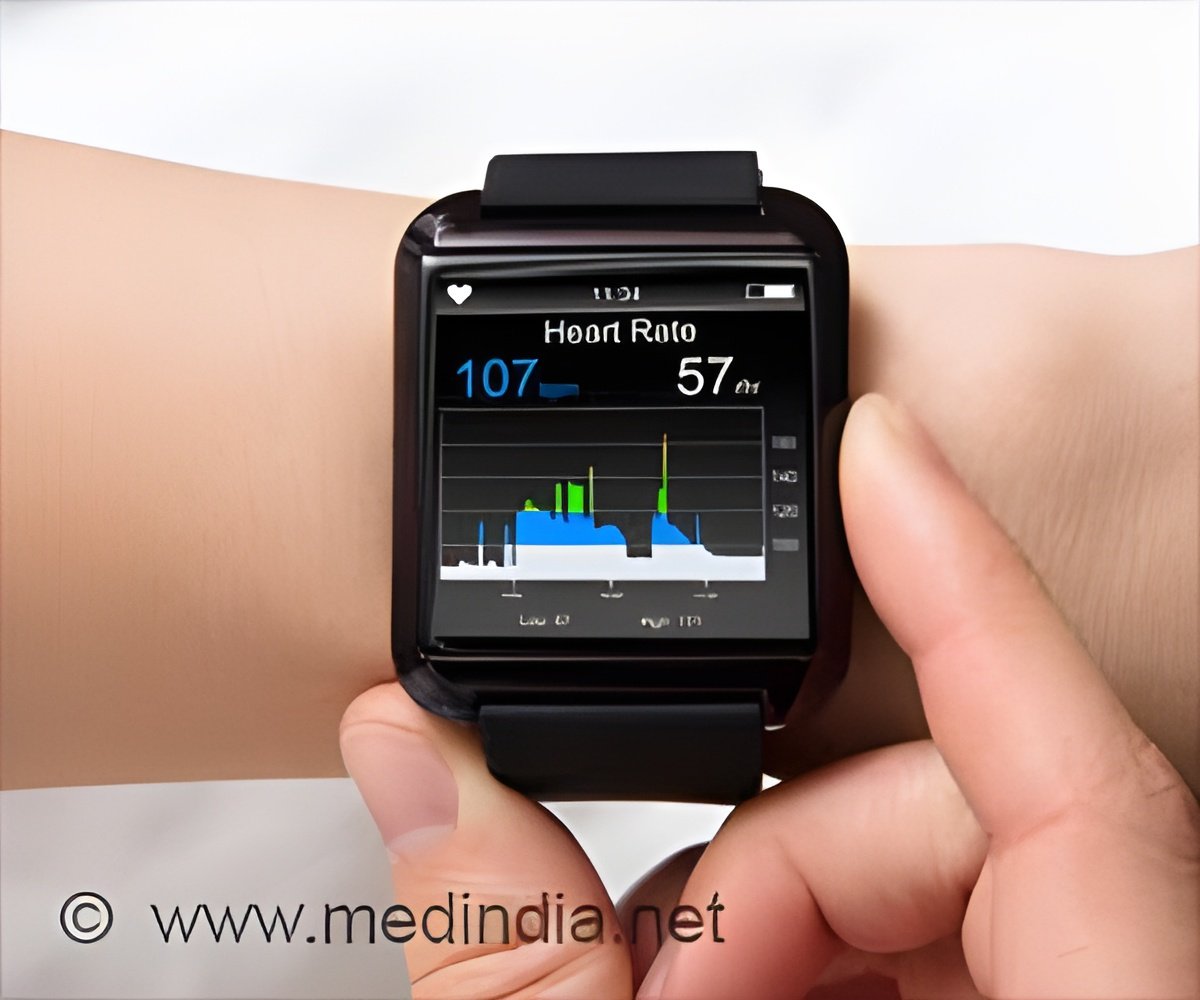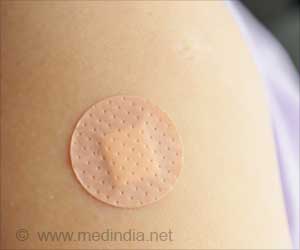Wearables track heart function in real time, providing continuous, minute-by-minute health insights.

A Smarter Way to Track Heart Health with Your Smartwatch?
Go to source). According to the findings, dividing the average daily heart rate by the number of steps taken per day provides a more reliable indicator of a person’s cardiovascular fitness compared with either heart rate or step count alone.
‘DHRPS (daily heart rate per step) is a stronger predictor of
#cardiovascular disease than #heartrate or step count alone. A powerful new metric for #heart health! #wearables’





“The metric we developed looks at how the heart responds to exercise, rather than exercise itself,” said Zhanlin Chen, a medical student at Northwestern University Feinberg School of Medicine in Chicago and the study’s lead author. “It’s a more meaningful metric because it gets at the core issue of capturing the heart’s capacity to adjust under stress as physical activity fluctuates throughout the day. Our metric is a first attempt at capturing that with a wearable device.”A Novel Approach to Early Heart Disease Risk Detection
Heart disease is the leading cause of death in the United States. While several screening tests can provide early warning of heart disease risk, many people do not undergo recommended screenings. Researchers said that taking advantage of the information collected by smartwatches could offer a new strategy to identify people at higher risk and encourage them to speak with a clinician about their heart health.For the study, researchers analyzed data from nearly 7,000 U.S. adults who provided data from their Fitbit and electronic health records to the All of Us research program, a nationwide prospective study supported by the National Institutes of Health. Together, the data reflected 5.8 million person-days and 51 billion total steps taken.
Calculating the relationship between participants’ average daily heart rate per step (DHRPS) and a variety of cardiovascular outcomes, data showed that people with elevated DHRPS (in the top 25th percentile) were about twice as likely to have Type 2 diabetes, 1.7 times as likely to have heart failure, 1.6 times as likely to have high blood pressure and 1.4 times as likely to have coronary atherosclerosis (a buildup of plaque in the heart’s arteries), compared with people who had lower DHRPS. No relationship was found between DHRPS and the risk of a stroke or heart attack.
Additionally, in a smaller subset of 21 participants, DHRPS was more strongly linked to maximum metabolic equivalents (METs) achieved on a treadmill stress test than either daily heart rate or step count alone.
Advertisement
However, he added that the study offers only an initial validation of the DHRPS approach, and the cross-sectional study design did not allow researchers to determine when the Fitbit measurements were taken relative to when cardiovascular disease outcomes were diagnosed. Moving forward, the researchers hope to conduct more prospective studies with a higher temporal resolution, tracking DHRPS at the scale of minutes rather than aggregated data across days.
“Wearables are welcomed by the consumer and worn throughout the day, so they actually have minute-to-minute information about the heart function,” Chen said. “That is a lot of information that can tell us about a lot of things, and there’s a need to further study how this detailed information correlates with patient outcomes.”
Reference:
- A Smarter Way to Track Heart Health with Your Smartwatch? - (https://www.acc.org/About-ACC/Press-Releases/2025/03/20/09/58/A-Smarter-Way-to-Track-Heart-Health-with-Your-Smartwatch)
Source-Eurekalert















